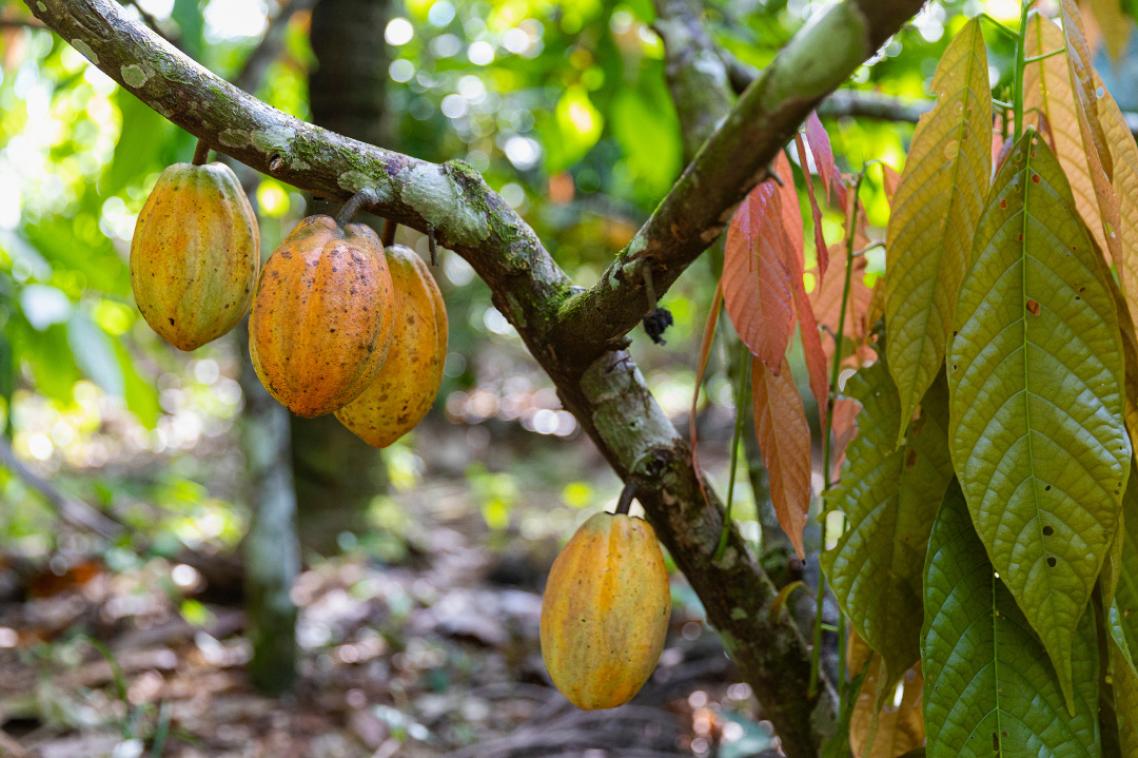Gatton nursery blooms down south
From the surrounds of the Sydney Opera House to southern apple orchards and along Highway One, Gatton-grown flowers are sprouting up around the country.
The University of Queensland’s Gatton nursery has boosted production by 50 percent in the last two years and expects to earn about $400,000 this year.
Nursery manager Ian Gordon and his nine staff will supply about 300,000 plants, trees and shrubs this year to 25 nurseries and growers produced from seedlings, tissue culture and grafts.
Mr Gordon said dwarf fruit trees, drought-hardy ground covers and potted colour shrubs, were leading the growth.
He said Gatton was the first east-coast nursery to grow new waxflowers which kept their pink and red flowers but were less susceptible to root rot.
“The waxflowers are a West Australian flowering shrub that are widely grown for cut flower export around the Gatton, Toowoomba area where the heavy soils and root rot fungus are a major problem,” Mr Gordon said.
He said the waxflowers and Gatton grown rice flowers were supplying the strong export demand for native filler flowers.
The Gatton nursery continues to supply New South Wales with its centennial floral emblem — the flannel flower.
Large blocks of the white-petalled flannels were planted in a native flower display in the Botanic Gardens, opposite the Sydney Opera House last year.
“Over the last five years we would have sent well in excess of 120,000 plants down to Sydney,” Mr Gordon said.
But their biggest selling lines are six new varieties of water-wise, grass-like plants called Dianella.
He said these plants were in fashion with landscapers and NSW commercial growers because they looked good in dry conditions.
“They’re heavily used as a highway landscaping type plant because of their drought tolerance.”
UQ Gatton has also found a big market for small fruit trees from Europe, supplying dwarf apple, pear and cherry roots to southern fruit growers.
Mr Gordon said the trees reached two metres tall so fruitgrowers could plant more trees, collect more fruit and pick and spray them from the ground.
About 32,000 cherry plants are being grown for southern NSW and Victorian fruitgrowers.
“We’re trying to be innovative in the range of plants that we’re growing so that all of the plants we’re growing are commercially unique to us,” Mr Gordon said.
“It certainly improves the credibility of our teaching programs when people can see that we’re able to produce a range of commercially unique products for the nursery and the fruit industry.”
Media: Mr Gordon (0417 796 887, 07 5460 1235, i.gordon@uq.edu.au) or Miguel Holland at UQ Communications (3365 2619)
Related articles

Growing shade trees can cut chocolate’s environmental impact

Liquid fat treatment offers hope for rare childhood disease
Media contact
UQ Communications
communications@uq.edu.au
+61 429 056 139
